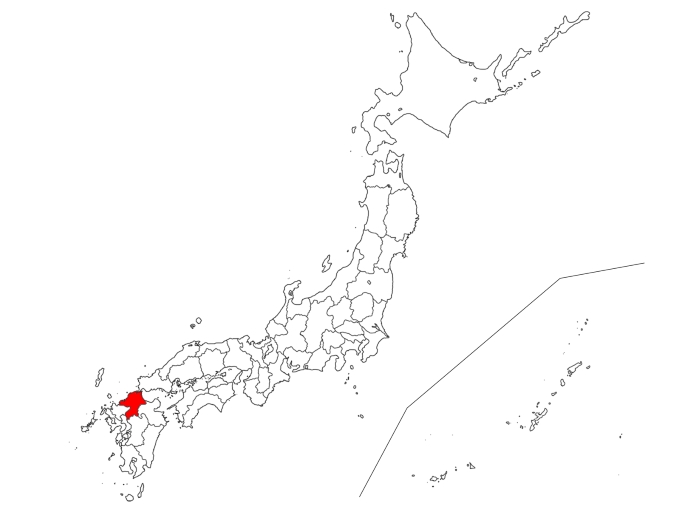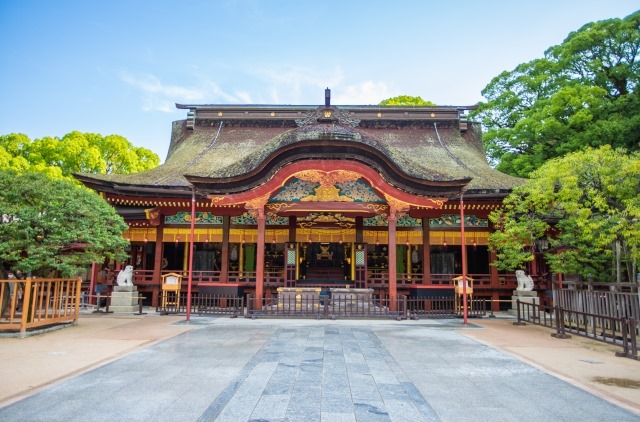Contents
1.Basic Information
Hakata is known for the popular Nakasu Yatai Street among visitors to Japan and as the largest entertainment district in Kyushu, including Nakasu and Tenjin. It is also blessed with historical attractions like Dazaifu Tenmangu, Hakata Gion Yamakasa, and Mojiko Retro, offering rich cultural experiences to visitors.
Dazaifu Tenmangu
Dazaifu Tenmangu, a shrine that enshrines Sugawara no Michizane, a famous scholar, politician, and poet from the Heian period, is one of the largest in Kyushu and a central figure among about 12,000 Tenmangu shrines nationwide. Michizane, who was exiled to Dazaifu in Kyushu due to a conspiracy, died in this region. The origin of the shrine is associated with a bull carrying his body, which stopped and lay down at this site. Dazaifu Tenmangu is known for blessings in academic success, warding off evil, and family safety, and its grounds are home to about 6,000 plum trees related to Michizane, offering beautiful scenery throughout the seasons.
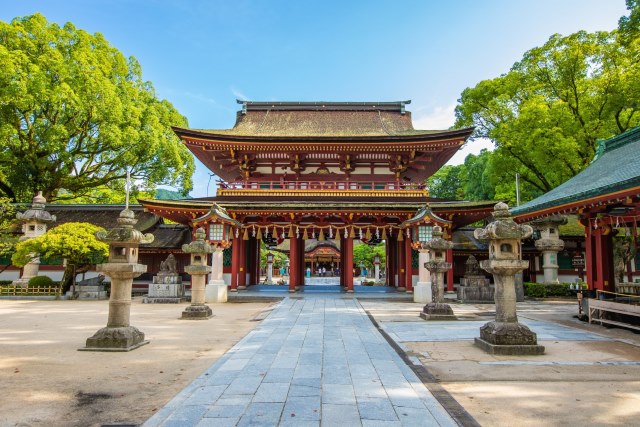
Mojiko Retro
Mojiko in Kitakyushu City is known for its prosperity during the Meiji and Taisho periods through foreign trade, with many historic Western-style buildings remaining. Key attractions include the JR Mojiko Station, known as Mojiko Station built in 1914, the Old Moji Customs Building, the Old Moji Mitsui Club, the Old Osaka Shosen Building, and the Kanmon Straits Museum.
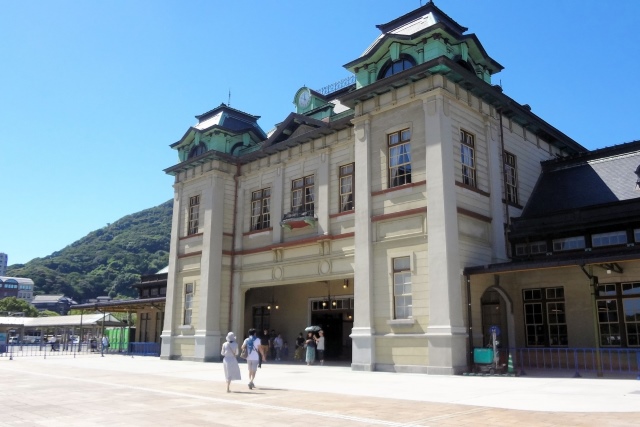
Shiraito Falls (Shiraito no Taki)
Located on the mid-slopes of Hagane Mountain, Shiraito Falls is a waterfall with a drop of about 24 meters. The area around the falls offers experiences like Yamame fishing and somen nagashi. Particularly, from mid-June to early July, about 500,000 hydrangea plants bloom, creating a spectacular sight.
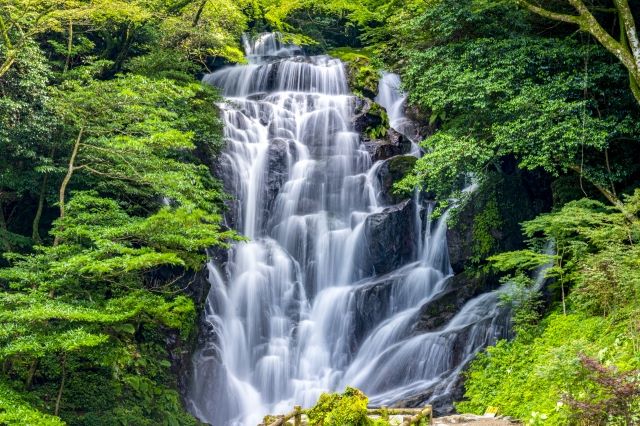
Itoshima
Itoshima City is popular as a residential and leisure spot, accessible in about 30-40 minutes by train from the Fukuoka city center (Tenjin, Hakata, Fukuoka Airport). It faces the Genkai Sea with beautiful coastlines and is surrounded by the Sefuri mountain range to the south. The Itoshima Plain, a gentle agricultural area, lies between them, offering many scenic spots.
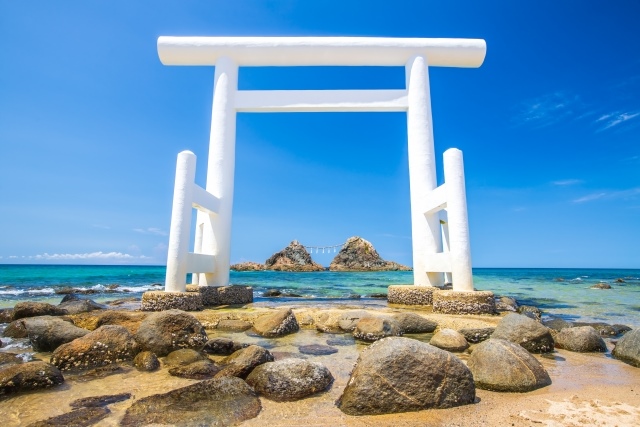
2.Reviews
Nakasu Yatai Street (Nakasu Yataigai)
The street stalls in Fukuoka City are divided into three areas: Tenjin, Nakasu, and Nagahama, with over 100 stalls in operation. These yatai streets started after World War II in 1945, as a means to support people’s livelihoods amid economic downturn and food shortages. The Nakasu area is particularly famous for its yatai street near the “Canal City Hakata” shopping mall.
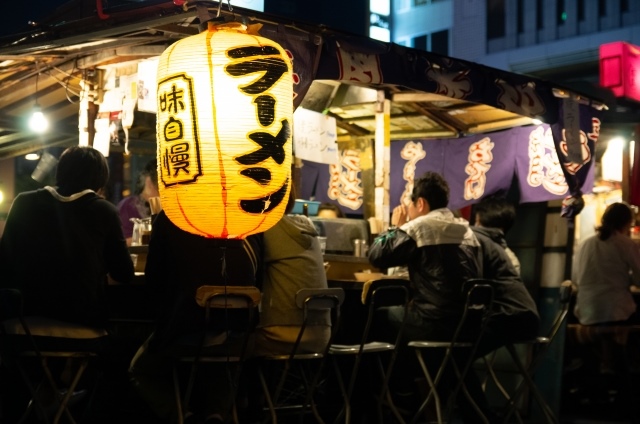
Ohori Park (Ohorikouen)
Fukuoka Castle, one of the largest castles in Kyushu, was built over seven years starting in 1601. The castle, built after Kuroda Nagamasa became the lord of Chikuzen Province with an estate of 520,000 koku following his exploits in the Battle of Sekigahara, had many buildings, most of which were lost after the Meiji Restoration. Today, the site of Fukuoka Castle is maintained as Maizuru Park and Ohori Park, popular for cherry blossoms in spring and autumn leaves. Ohori Park, created using the castle’s outer moat, features a pond with a 2 km circumference and is popular for jogging, walking, and boating except in winter.
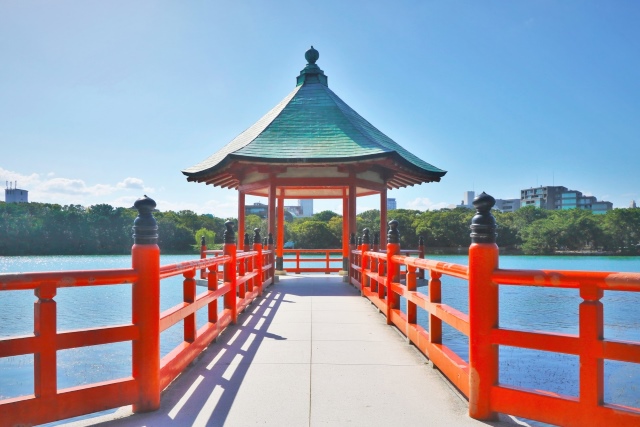
Hakata’s Entertainment District (Hakata no Hankagai)
The Tenjin and Nakasu areas form one of the largest entertainment districts in Kyushu. These areas are lined with many fashion buildings, historic department stores, drugstores, and electronics retailers. The Nakasu area hosts numerous attractions drawing tourists from inside and outside the prefecture, including Hakata-za, Fukuoka Asian Art Museum, Yanagibashi Rengo Market, Hakata Traditional Craft Center, Hakata Riverain, and Acros Fukuoka.
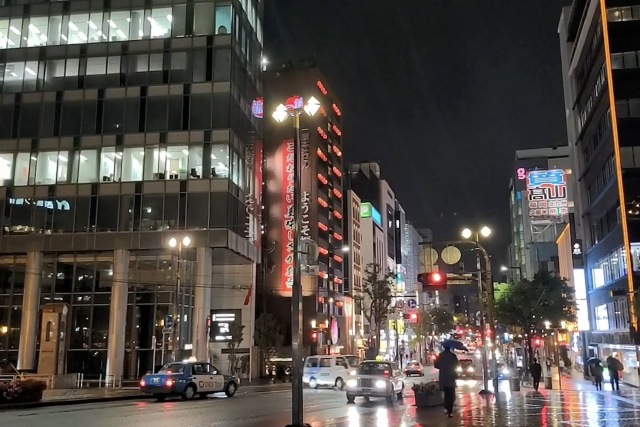
Hakata Gion Yamakasa
The Hakata Gion Yamakasa, boasting a history of over 770 years, is a traditional summer festival held in Fukuoka City from July 1st to 15th every year. The festival’s origins date back to the Kamakura period, when monks sprinkled holy water to dispel an epidemic. The main event of the festival is a ritual at Kushida Shrine, with elaborately crafted decorative floats displayed throughout the city, offering photo opportunities to visitors. The festival’s climax features a parade where men carry the yamakasa floats through the city, attracting over 3 million tourists and making it a renowned summer festival in Hakata.
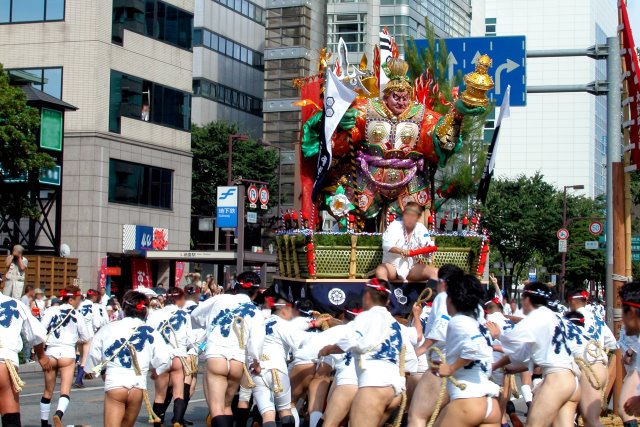
3.Local Food



4.Transportation Information
■ How to Get to Fukuoka Prefecture
Kyushu Tourism Organization Official Website (available in English, Korean, Simplified Chinese, Traditional Chinese, and Thai)
https://www.welcomekyushu.jp/pref/?mode=fukuoka
5.Map Information
